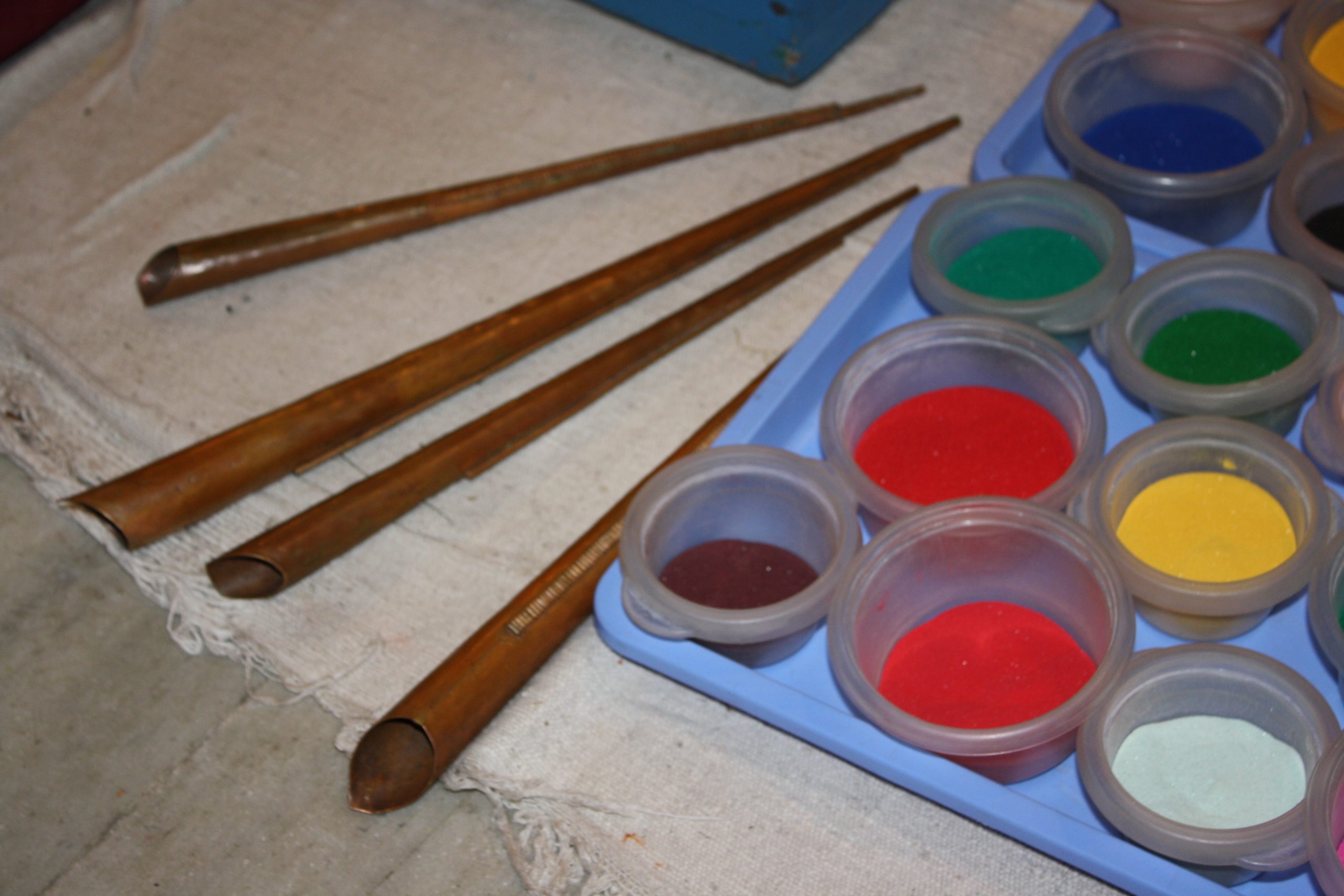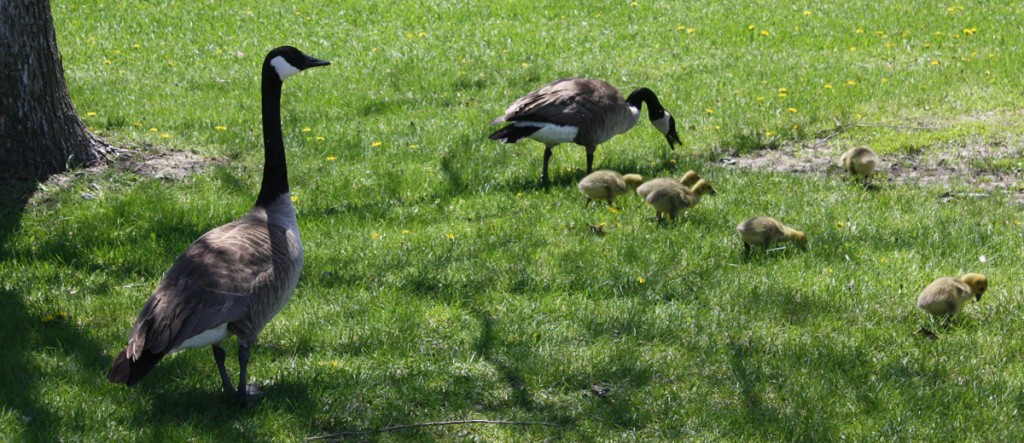On the shoreline, preparing to cross between pairs of worlds…
I don’t recall when I first heard the melody of “Sweet Molly Malone,” but I’m certain where I first read the lyrics:
She wheeled her wheelbarrow
Through streets broad and narrow
Crying, “Cockles and mussels
Alive, alive ho.”
 The tune comes to mind unbidden, often when I’m working outdoors, bringing with it a pleasant melancholy, the emotional residue of a book that I received from my parents when I was eight or nine. The Garden Under the Sea (by George Selden) might seem an unusual present for a child for whom the nearest seaport was Milwaukee, but considering its lasting influence, it represents gift-giving genius.
The tune comes to mind unbidden, often when I’m working outdoors, bringing with it a pleasant melancholy, the emotional residue of a book that I received from my parents when I was eight or nine. The Garden Under the Sea (by George Selden) might seem an unusual present for a child for whom the nearest seaport was Milwaukee, but considering its lasting influence, it represents gift-giving genius.
The premise of The Garden Under the Sea is simple: A contentious lobster named Oscar uses questionable means to fight an injustice. The basis of the conflict is the tendency of the humans who each year descend on the Long Island shore to decorate their cottage gardens by “Shell stealing, glass stealing, rock rearranging, and general ruining of the ocean floor.” Tired of losing debris that the neighborhood’s aquatic residents consider the sea’s rightful property, Oscar rallies them to retaliate. Thus begins a summer of beach blanket stealing, sandwich stealing, and general raiding of assorted treasures left unattended above the waterline.
The Garden Under the Sea is an unusual children’s book by contemporary standards. With its sophisticated language and genteel anthropomorphism, it follows the tradition of Kenneth Grahame’s Wind in the Willows, especially its seventh chapter, “The Piper at the Gates of Dawn.” The moral guide of The Garden Under the Sea is a “wise old periwinkle,” who cites maritime traditions with Nor’eastern aplomb: “It ain’t what you salvage,” said the periwinkle sternly, “It’s how you salvage it. If you go at it with respect for what”s been wrecked, and pity for the people involved, that’s one thing. If you don’t, that’s anothah.”
The plotting that goes into building the underwater garden plot yields a plot that’s episodic rather than overarching. Still, the book’s recurring narrative tides memorably convey humans’ persistent inability to embrace their environment. Ultimately our efforts to comprehend and live in harmony with the world come up short, leaving us with “a great Awe.”
The next morning–not quite at six o’clock–Howard and Janet came down to move their meteorite. When they couldn’t find it, they called their mothers and fathers and they came down too. Soon the whole neighborhood was scouring the beach. One group held that the tide had washed it away; another said that shooting stars always evaporated after they hit the earth. But Howard and Janet didn’t believe either of these theories. It was a puzzle , and they admitted it. As a matter of fact, it was just one of several things that happened that summer on Crescent Beach which the human beings living there never did fully understand.
The Garden Under the Sea was published in 1957, three years before author George Selden‘s more well-known book The Cricket in Times Square. Perhaps overshadowed by that Cricket‘s Newbery Honor award, The Garden Under the Sea doesn’t deserve to be forgotten. Through its descriptions of storm and shipwreck, meteorite fall and fireworks, it shows how the the man-made and natural worlds parallel each other in confounding wonders whose power to enthrall remains forever alive, alive ho.








